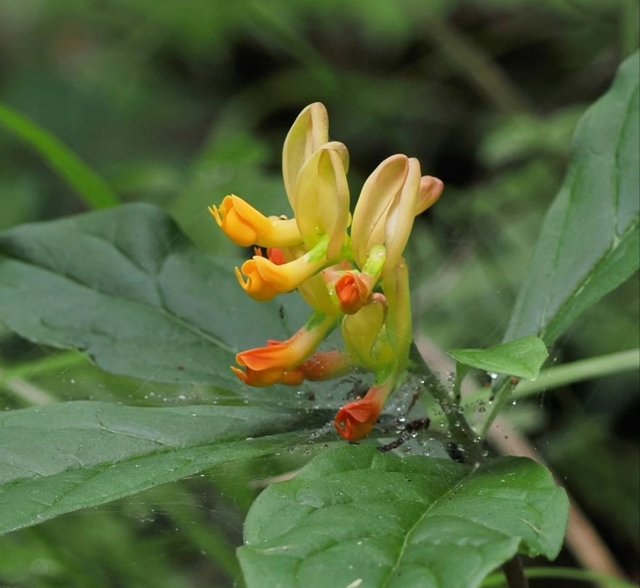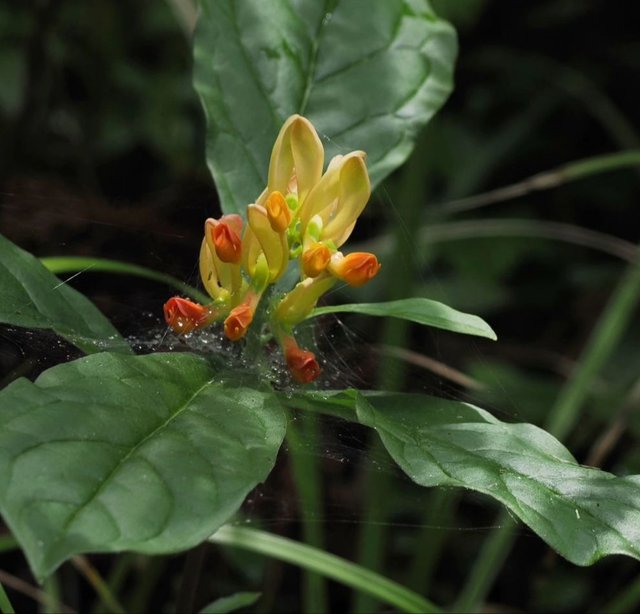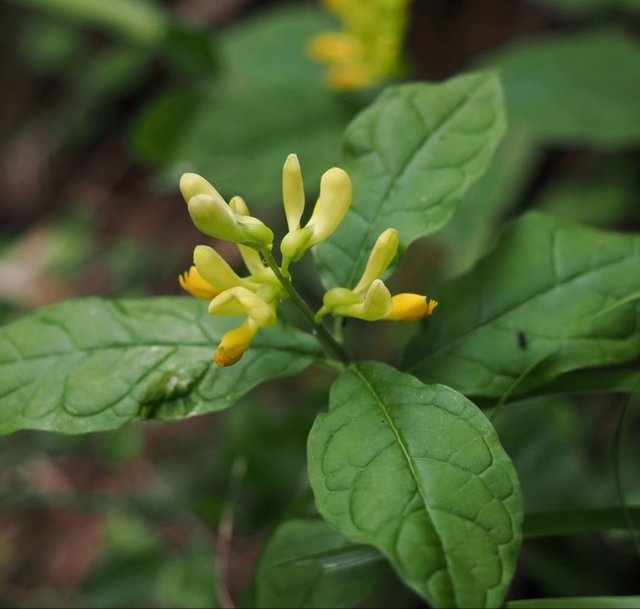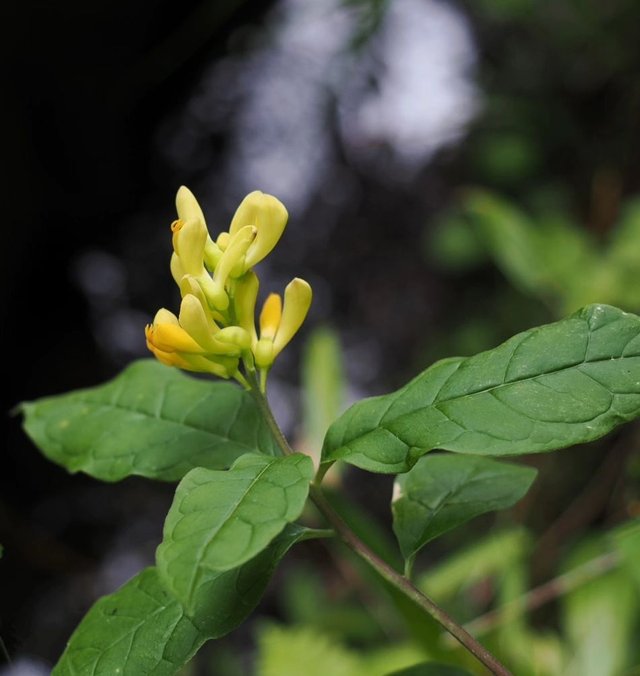Honeysuckle, belonging to the genus Lonicera, is a group of flowering plants known for their sweet fragrance and strikingly beautiful blooms. This post delves into the various aspects of honeysuckle, including its botanical characteristics, varieties, growing conditions, uses, and cultural significance.
Botanical Characteristics
Honeysuckle comprises over 180 species, most of which are native to temperate zones in the Northern Hemisphere. These plants can be deciduous or evergreen and typically manifest as climbing vines or shrubs. The most distinguishing feature of honeysuckle plants is their tubular flowers, which can be white, yellow, red, or pink. These flowers often exude a sweet scent, especially in the evening, which attracts pollinators such as bees, butterflies, and hummingbirds.
The leaves of honeysuckle plants are generally simple and opposite, and the berries that follow the flowers can be red, blue, or black. While many honeysuckle berries are not edible, some species produce berries that are used in traditional medicines.
Varieties of Honeysuckle
There are numerous species and cultivars of honeysuckle, each with unique attributes:
Lonicera japonica: This species is known for its vigorous growth and sweetly scented white flowers that turn yellow as they age. While beautiful, it can become invasive in some regions.
Lonicera sempervirens: Native to North America, this honeysuckle features bright red or coral flowers. It is less fragrant than its Japanese counterpart but is prized for its striking blooms and attractiveness to hummingbirds.
Lonicera periclymenum Common Honeysuckle or European Hon: Known for its strong fragrance, this species produces white or yellow flowers that turn to a deeper yellow or red as they mature.
Lonicera caerulea: This species is notable for its edible berries, which are rich in antioxidants and can be used in jams and desserts.
Growing Conditions
Honeysuckle is relatively easy to grow, making it a popular choice for gardeners. Here are some key considerations for cultivating honeysuckle:
Soil: Honeysuckle prefers well-drained soil, rich in organic matter. While it can tolerate a range of soil types, ensuring good drainage is crucial.
Sunlight: Most honeysuckle species thrive in full sun to partial shade. However, too much shade can reduce flower production and fragrance.
Watering: Regular watering is essential, especially during dry spells. However, overwatering can lead to root rot.
Support: Climbing varieties need a support structure such as a trellis, fence, or arbor to grow on. Regular pruning can help maintain the plant's shape and prevent it from becoming too invasive.




Device Information
| Device | Redmi Note 10 Pro |
|---|---|
| Location | Bangladesh |
